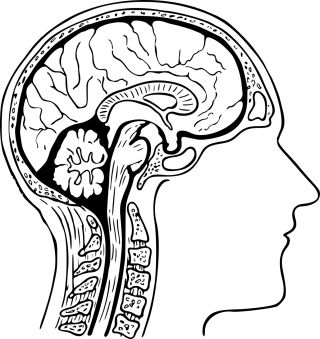Dreaming
Are You Dreaming?
What scientists know about dreams.
Posted March 19, 2023 Reviewed by Jessica Schrader
Key points
- Dreams and dreaming have intrigued people throughout history to the present.
- Most people have wondered about the meanings of their dreams.
- Scientific studies have led to explanations of dreaming.
Dreams have been an enigma throughout human history. In many ancient cultures for which we have written records, including Greek, Mesopotamian, Hebrew, Chinese, and Egyptian, dreams were thought to have significant meanings. Accounts of dreams are found throughout the Bible, the Quran, the Upanishads, various Chinese texts, and others. For millennia, people have believed that dreams were related to prophecies, were direct communications with deities or the spirit world, and had otherwise important special meanings that sometimes religious leaders were called upon to interpret. Dreams figure prominently in contemporary Native American and Aboriginal Australian cultures, as well. In contemporary Western culture, many psychotherapists ascribe meanings to dreams, many of them drawing upon the central role that Sigmund Freud gave to dreams in the early 1900s.
Dreams are of considerable interest to psychiatrists, neurologists, and psychologists when they are associated with discomfort reported by patients. Recurrent negative dreams are the central focus of Nightmare Disorder, which is prevalent in childhood, with up to 4% of parents reporting that their preschool child has frequent nightmares. Nightmares typically begin between the ages of 3 and 6 and peak in late adolescence and early adulthood. Dreams are thought to play a role in other sleep disorders and in some nonsleep psychiatric disorders, most notably post-traumatic stress disorder (PTSD).
In terms of the history of the scientific study of dreams, the discovery of the stages of rapid eye movement (REM) sleep in the early 1950s created a new paradigm through which dreams were studied. In Aserinsky and Kleitman’s two-page paper published in Science, they stated in the last paragraph:
“The fact that these eye movements, EEG pattern, and autonomic nervous system activity are significantly related and do not occur randomly suggests that these physiological phenomena, and probably dreaming, are very likely all manifestations of a particular level of cortical activity which is encountered normally during sleep. An eye movement period first appears about 3 hr after going to sleep, recurs 2 hr later, and then emerges at somewhat closer intervals a third or fourth time shortly prior to awakening. This method furnished the means of determining the incidence and duration of periods of dreaming.” (Aserinsky & Kleitman, 1953)

About two decades later, Hobson and McCarley (1977) described a new interpretation of the causes and content of dreams, the activation-synthesis hypothesis. This interpretation, based on research in brain physiology, suggests that activation of neuronal activity begins in the brainstem during sleep. When that activation reaches the forebrain, the forebrain tries to make sense of what are essentially random snippets of activity. During wake periods, the job of the prefrontal cortex (PFC) is to make sense of the world and meld multiple external stimuli coming in through sensory inputs with stored previous knowledge into a coherent pattern. Evidently, it continues this task during certain periods of sleep, notably during REM. As one awakens, the PFC is trying to make up the best story it can from primarily random activity.
This phenomenon accounts for the fact that dreams most often make some sense to dreamers when they wake, but often have some nonsensical aspects. Unless a conscious effort is made to recall dreams, the memories of them evaporate quickly, and this is due to the fact that during sleep, the PFC becomes disconnected from the areas of the midbrain that control short-term memory. During the course of remembering a dream, the PFC often will create a story to which the waking dreamer begins to ascribe meaning, and that new meaning may be remembered. For example, if some dreamed images and sensations are about being afraid but in an odd context, a person might link that content to instances in the recent or distant past when they feared something in a real situation.
Researchers now have demonstrated that the brain engages in consolidation and organization of experiences during waking hours, including memories of things newly learned and emotions recently felt. Both thoughts and emotions undergo reiteration and reprocessing during sleep.
These explanations of dreaming are not received very well by those who seek to ascribe deep meanings to dreams, including many psychotherapists whether Freudian, NeoFreudian, or otherwise. People seem to like the notion that dreams hold keys to understanding their psyches, and are resistant to accepting explanations grounded in science that don’t satisfy their search for the meanings of their dreams.
References
Aserinsky E, Kleitman N. Regularly occurring periods of eye motility, and concomitant phenomena, during sleep. Science 1953; 118: 273–274
Hobson JA, McCarley RW. The brain as a dream state generator: an activation-synthesis hypothesis of the dream process. Am J Psychiatry 1977; 134:1335–1348
Eiser, A. S. (2005, March). Physiology and psychology of dreams. In Seminars in neurology (Vol. 25, No. 01, pp. 97-105).


